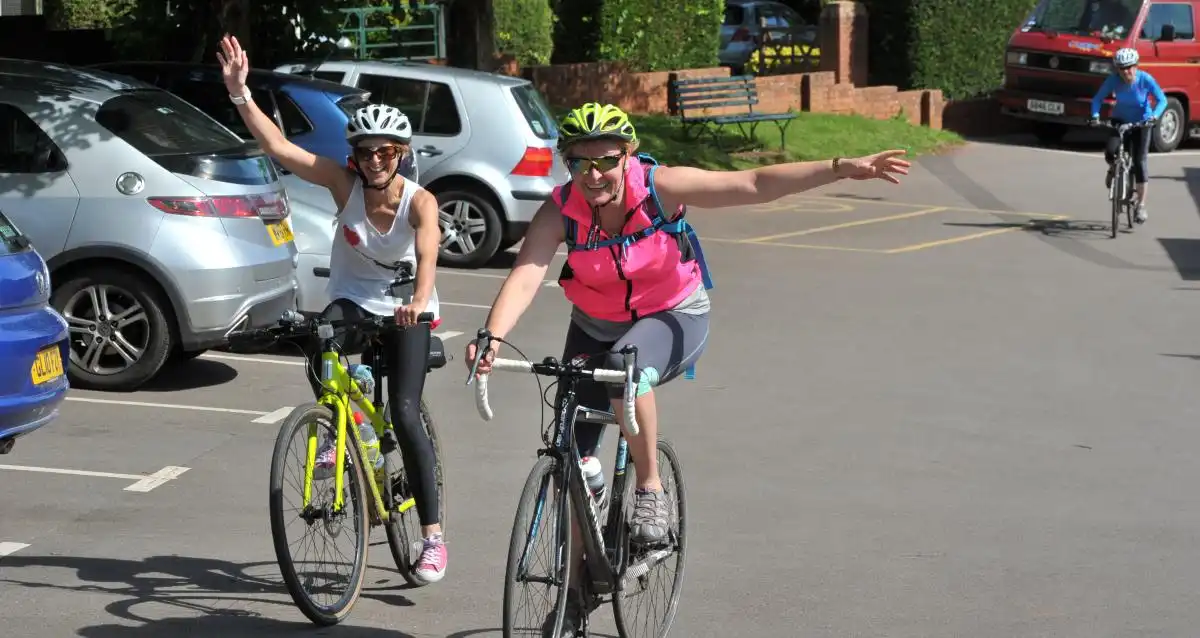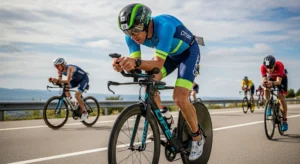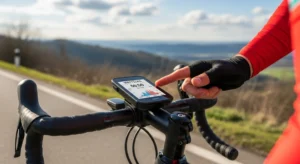Cycling is one of the most rewarding and enjoyable activities you can get into. Whether you’re looking to get fit, explore new places, or reduce your carbon footprint, cycling offers numerous benefits. If you’re just starting out, the process may feel a little overwhelming, but don’t worry! This ultimate guide to cycling for beginners will walk you through everything you need to know to get started on the right foot.
1. Choose the Right Bike for You
Before you hop on a bike, it’s important to pick the right one. The type of bike you choose will largely depend on your riding style and intended use. Here are some common types of bikes:
-
Road Bikes: Lightweight and fast, road bikes are perfect for long-distance rides on smooth pavement. They have thin tires, drop handlebars, and a racing posture designed for speed.
-
Mountain Bikes: If you plan on hitting rough trails or uneven terrain, a mountain bike is the way to go. These bikes have wider tires, a sturdy frame, and suspension to absorb bumps and rocks.
-
Hybrid Bikes: A mix between road and mountain bikes, hybrid bikes are versatile and great for commuting, leisurely rides, or light trail riding. They combine the speed of a road bike with the durability of a mountain bike.
-
Cruiser Bikes: Designed for comfort, cruiser bikes are great for casual rides around the neighborhood or along the beach. They usually have wider tires, comfortable seating, and are perfect for short distances.
Once you decide on the type of bike, make sure to check the sizing. A properly sized bike ensures better comfort, performance, and safety.
2. Get the Right Gear
While cycling is relatively simple, the right gear can make your experience safer and more enjoyable. Here are some essential items for beginners:
-
Helmet: Your safety should always come first. A good-quality helmet is a must, even for short rides. Ensure it fits snugly and is adjusted properly for maximum protection.
-
Cycling Gloves: Gloves help protect your hands from blisters and also provide extra cushioning for a more comfortable ride.
-
Appropriate Clothing: Wear comfortable, moisture-wicking clothes that allow freedom of movement. Avoid loose clothes that can get caught in the bike chain. Consider investing in cycling-specific clothing, such as padded shorts, if you plan to ride longer distances.
-
Water Bottle: Staying hydrated is key when cycling, especially on long rides. Always bring a water bottle or hydration pack with you.
-
Lights and Reflective Gear: If you plan on riding at night or in low-light conditions, make sure to have lights and reflective clothing to ensure you’re visible to other road users.
3. Learn Basic Bike Maintenance
Knowing some basic bike maintenance is important to keep your bike running smoothly and avoid potential breakdowns. Here are a few tips for beginners:
-
Tire Pressure: Check your tire pressure before every ride. Proper tire pressure helps prevent flats and ensures the bike runs efficiently. Your bike’s tire sidewall will usually indicate the recommended pressure.
-
Chain Care: Clean and lubricate your bike chain regularly to keep it running smoothly. A dry or rusty chain can affect performance and even lead to breakage.
-
Brake Check: Make sure your brakes are functioning properly before every ride. Test them by pulling the brake levers and ensuring the bike stops smoothly.
-
Basic Tools: Always carry a small tool kit with essentials like a tire patch kit, a multi-tool, and a pump in case of emergencies.
4. Master Proper Cycling Technique
Good cycling technique will not only make your rides smoother but also prevent injury. Here are a few basic techniques to keep in mind:
-
Proper Posture: Keep your back straight and elbows slightly bent. Avoid hunching over the handlebars, which can strain your neck and shoulders.
-
Pedal Technique: Use a smooth, circular pedaling motion. Avoid “mashing” down on the pedals, and instead focus on applying even pressure throughout the pedal stroke.
-
Shifting Gears: Gears help you maintain a comfortable cadence while riding. Shift to an easier gear when climbing hills and a harder gear when going downhill or riding on flat terrain. Practice shifting in different scenarios to get used to it.
-
Braking: When slowing down, use both brakes evenly, but focus more on the rear brake to avoid flipping the bike forward. Brake gently and progressively to avoid skidding.
5. Start Slowly and Build Your Endurance
If you’re new to cycling, don’t rush. Start with short, easy rides and gradually build your endurance. Here’s a plan to help you get started:
-
Start with Short Rides: Begin with 15–20 minute rides on flat terrain. Focus on getting comfortable with your bike and practicing basic skills.
-
Increase Distance Gradually: As your fitness improves, extend your rides by 5–10 minutes each week. Don’t overdo it in the beginning—let your body adjust to the new activity.
-
Rest and Recover: Your body will need time to adjust, so make sure to rest between rides. If you feel sore or tired, give yourself a day or two to recover.
6. Follow the Rules of the Road
Cyclists share the road with other vehicles, so it’s important to follow traffic rules and stay visible. Here are some important road safety tips for beginners:
-
Obey Traffic Signals: Always follow traffic lights and stop signs, just like any other vehicle on the road.
-
Use Hand Signals: Signal your turns and lane changes to communicate your intentions to other drivers.
-
Stay in Bike Lanes: Whenever possible, ride in designated bike lanes. If there’s no bike lane, ride in the right-most lane and follow the flow of traffic.
-
Be Predictable: Ride in a straight line and avoid weaving between vehicles. This helps other road users anticipate your movements.
7. Stay Safe and Be Visible
Visibility is crucial for cyclists, especially when riding in traffic or at night. Here’s how you can stay safe:
-
Wear Bright or Reflective Clothing: Bright colors, neon vests, or reflective gear make you more visible to drivers.
-
Install Front and Rear Lights: Use a white light at the front and a red light at the rear to ensure that you’re visible, especially at night or in low-light conditions.
-
Ride Defensively: Always assume that drivers may not see you. Be prepared to stop or maneuver out of the way if needed.
8. Join a Cycling Community
Cycling can be more fun when you have a community to share it with. Look for local cycling groups or online forums where you can ask questions, share experiences, and get tips from more experienced riders. It’s also a great way to stay motivated and explore new routes!
Conclusion
Cycling is a fantastic way to get fit, explore your surroundings, and enjoy the outdoors. By choosing the right bike, wearing the proper gear, learning basic bike maintenance, mastering technique, and riding safely, you’ll set yourself up for a rewarding and enjoyable cycling experience.
Whether you’re riding for fun, fitness, or commuting, remember that cycling is a journey—take it one pedal stroke at a time. Happy cycling!




